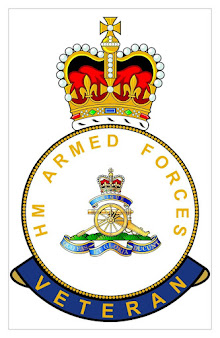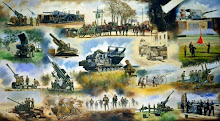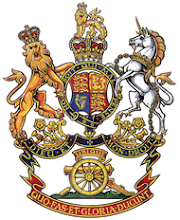Northumbrian Volunteer Artillery Association
Somme 2011
Ubique - Everywhere

 |
| Delville Wood 1916 |
| Delville Wood 2011 |
 |
| South African Memorial Delville Wood |
| Flatiron Copse Cemetery |
| Laying wreath Sjt PH Hearty C/250th Battery Flatiron Copse Cemetery |
Sergeant Patrick Heal HEARTY Born South Dundalk 1875 Royal Dublin Fusiliers 1st Boer War Transvaal Laings Nek Cape Colony Tugela Heights Orange Free State Lady Smith 2nd Boer War South Africa 1901 South Africa 1902 Royal Artillery Enlisted 1st Northumberland RGA 1st January 1905 Enlisted 1st Northumbrian Bde RFA (3rd Northumberland Bty) Elswick 15th June 1908 on formation of TF. |
 |
| Elswick Battery position Somme September 1916 |
| Contalmaison Church NVAA briefing 2011 |
 |
| Contalmaison Church 250 Brigade RFA HQ 1916 |
| Albert Communal Extension Cemetery CWGC Albert Communal Extension Cemetery |
| Laying a wreath in memory of the Durham RGA Gunners |
 |
| 41st (Durham) Siege Battery ConnunalAlbert Communal Extension Cemetery |
 The objectives of XV Corps were the villages of Fricourt and Mametz. The strong defences in Fricourt and Fricourt Wood ruled out a direct frontal attack. The plan was the 21st Division would outflank Fricourt to its north. The 7th Division would capture Mametz, link up with the 21st Division, and then a brigade from each Division would assault Fricourt.
The objectives of XV Corps were the villages of Fricourt and Mametz. The strong defences in Fricourt and Fricourt Wood ruled out a direct frontal attack. The plan was the 21st Division would outflank Fricourt to its north. The 7th Division would capture Mametz, link up with the 21st Division, and then a brigade from each Division would assault Fricourt. | Memorial Fricourt |
 |
| Marshal Foch unviels Tyneside Scottish memorial April 1922 |
| Tyneside Scottish Memorial April 2011 *** MARSHAL FOCH |
| Thiepval |
| Laying a wreath on behalf of 101 Regiment Royal Artillery (Volunteers) |
 The plan was that X Corps would capture the whole of the Thiepval Ridge.
The plan was that X Corps would capture the whole of the Thiepval Ridge. | Ulster Tower |
 |
| Newfoundland Regiment Memorial |
| British position viwed from German trenches |
 |
| Hawthorn Ridge April 2011 Hawthorn Ridge Mine 1st July 1916 |
 The aim of the assault on Gommecourt was to provide a diversion, draw artillery fire and reinforcements from attacks in the south. In addition, it was envisaged that this would also remove a bulge in the German line that projected into the British lines. The attack would take place with no contact with the Fourth Army flanks, a distance of 2 miles (2.3km) existed between the Third and Fourth Army units.
The aim of the assault on Gommecourt was to provide a diversion, draw artillery fire and reinforcements from attacks in the south. In addition, it was envisaged that this would also remove a bulge in the German line that projected into the British lines. The attack would take place with no contact with the Fourth Army flanks, a distance of 2 miles (2.3km) existed between the Third and Fourth Army units.

Hugh Dennis IJ On 10th March 2021, the TV programme the Great British Dig featured Trow Point , ...













